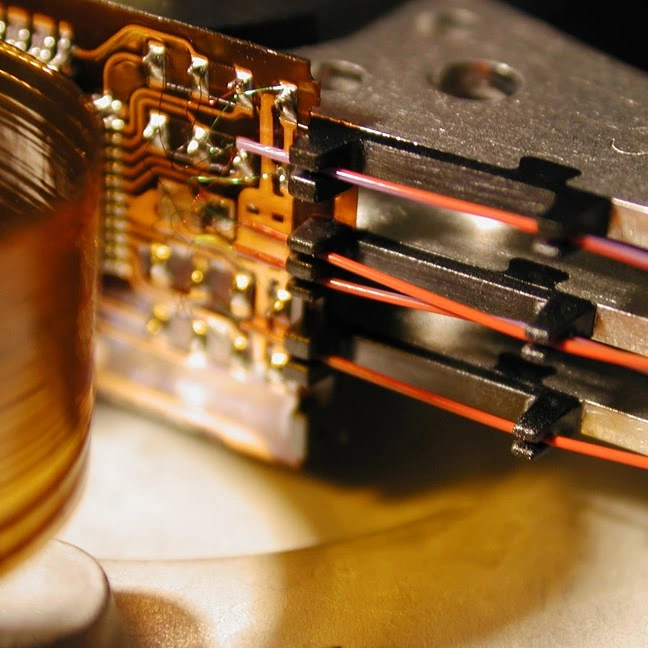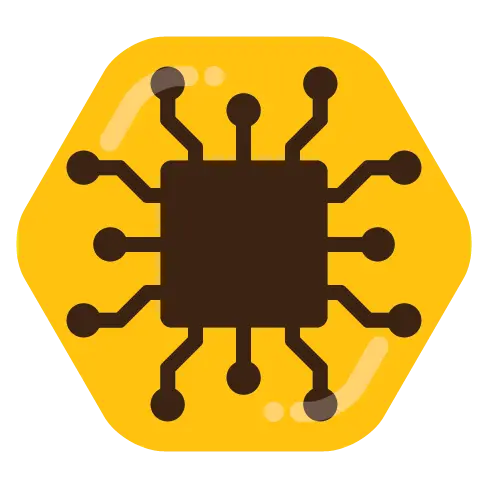- cross-posted to:
- technology
- cross-posted to:
- technology
These keyboards rely on magnets and springs and activate by sensing changes in the magnetic field. Popularized by Dutch keyboard startup Wooting, these switches rely on the Hall Effect and have actually been around since the 1960s.
You can change how far you need to press down to register the keystroke, as well as for the release point.
The one thing you can’t change, though, is the switch’s resistance. Despite all the talk of magnets, that’s still handled by the spring inside the switch, after all (for the moment, until the xyz is released).
But interestingly, this also means with temperature differences, you may also have to “calibrate” your keyboard. The price point for the Akko MOD007B PC Santorini keyboard at around US$110 to $150 is certainly not more expensive than many mechanical keyboards.
See https://techcrunch.com/2024/04/07/magnets-are-switching-up-the-keyboard-game/
#technology #keyboards



I have one of these, and while the switch tech is certainly neat, I haven’t really come up with many good ways to use it.
Their implementation doesn’t seem to support changing resistance or being sensitive to multiple levels of pressure on the key, but one way I do use it is by changing the activation distance for certain keys that I tend to press by mistake when gaming, like caps lock, so that you really need to bottom out the key to activate it. This seems to help a bit but I suspect that if I wanted to get the most out of it, I would probably need to be a much more intense gamer.
Wow nice!! Yes my issue seems to be touching a key next to where I should be hitting. So if I could even increase travel to register, I’m wondering if that would at least make my typing a bit better. Of course, there is no easy cure for dyslexic typing ;-)